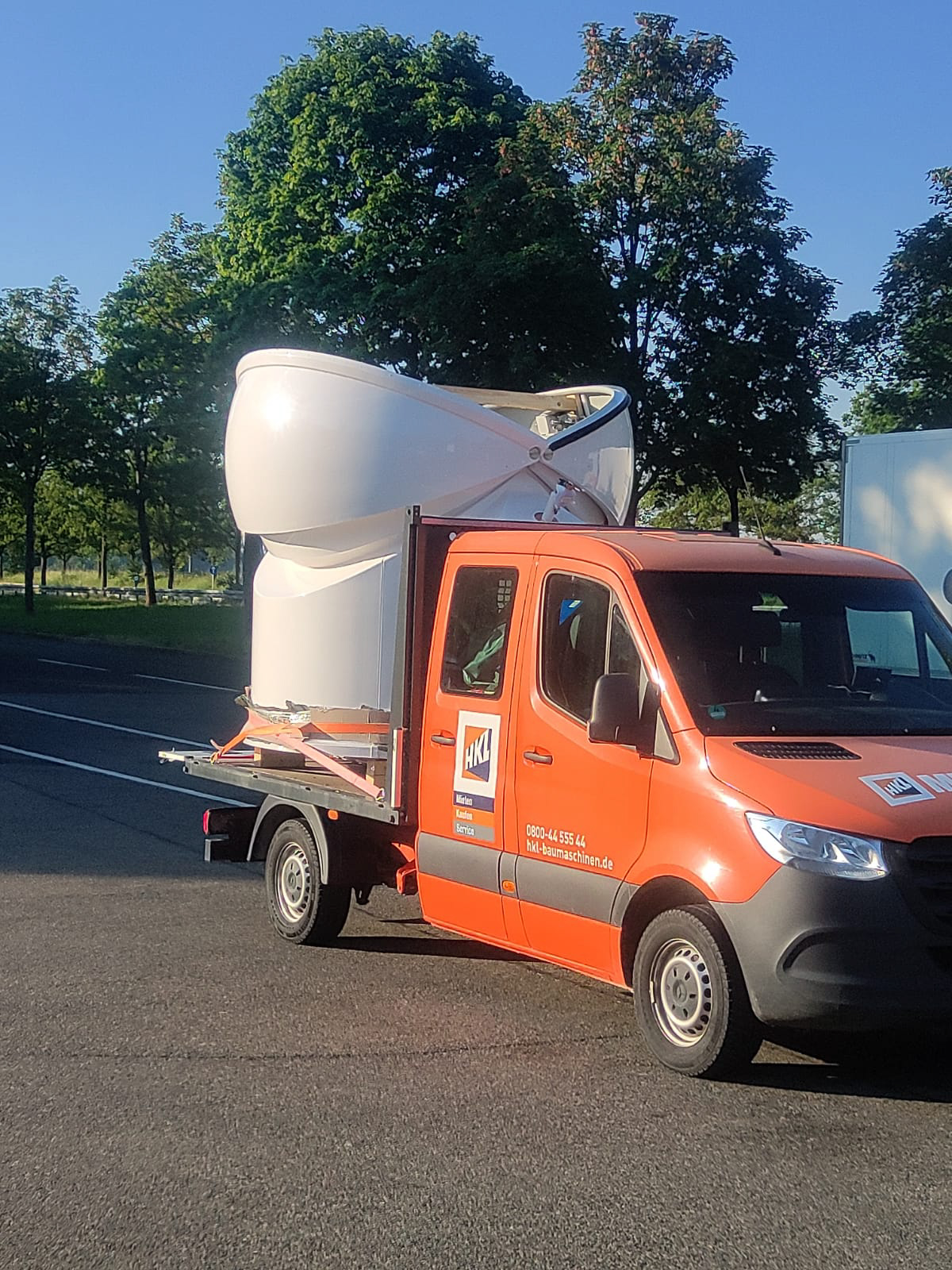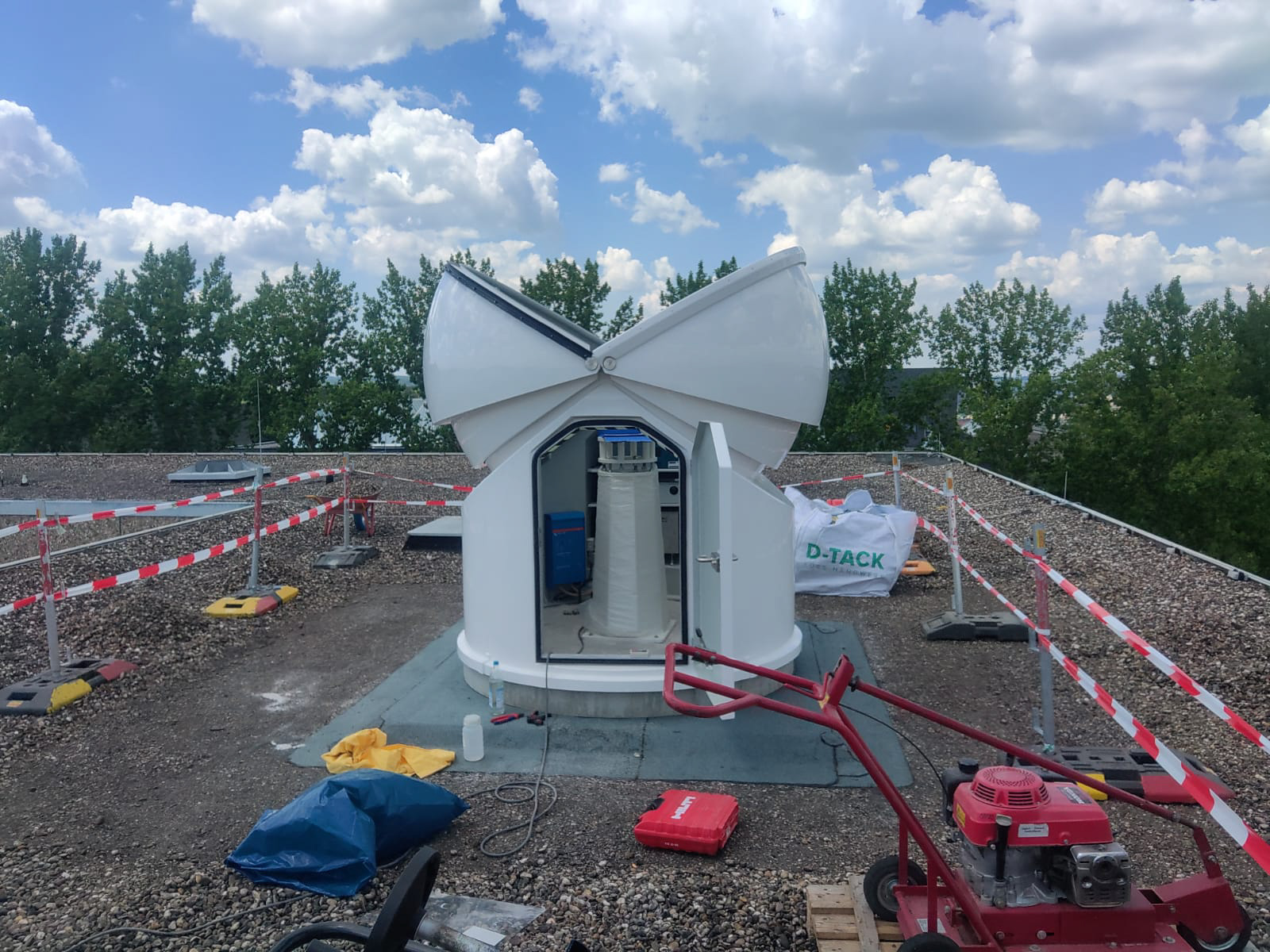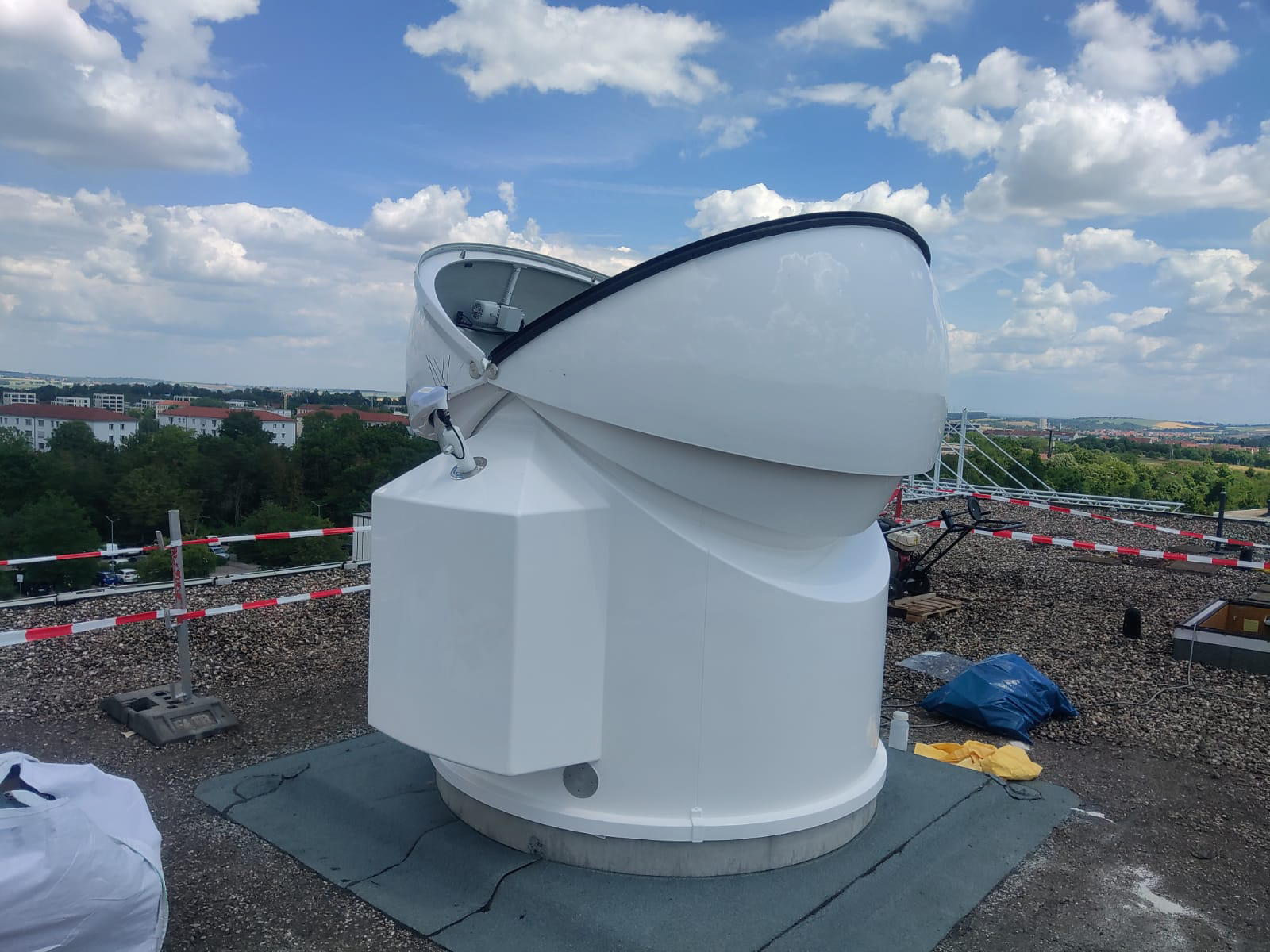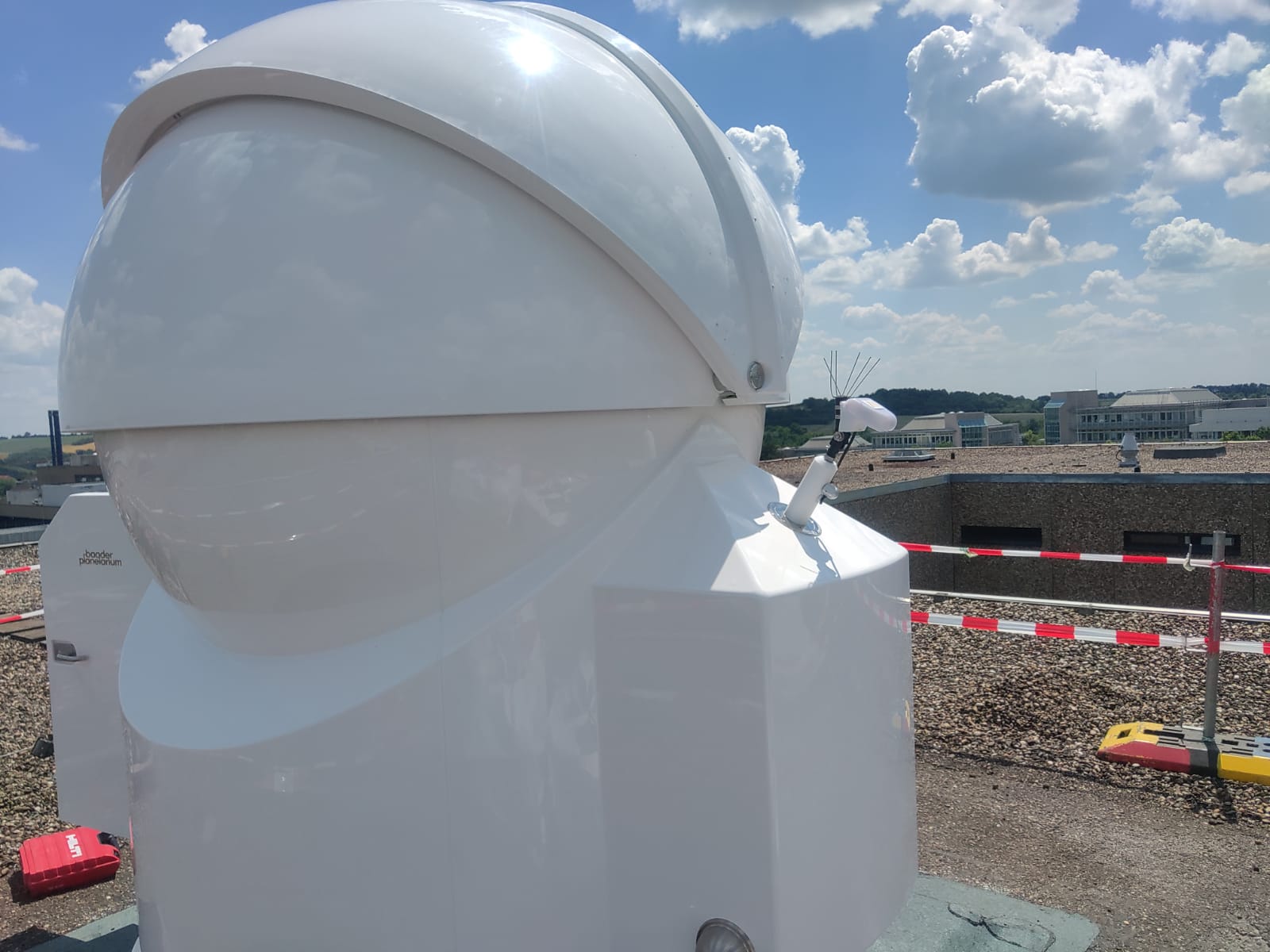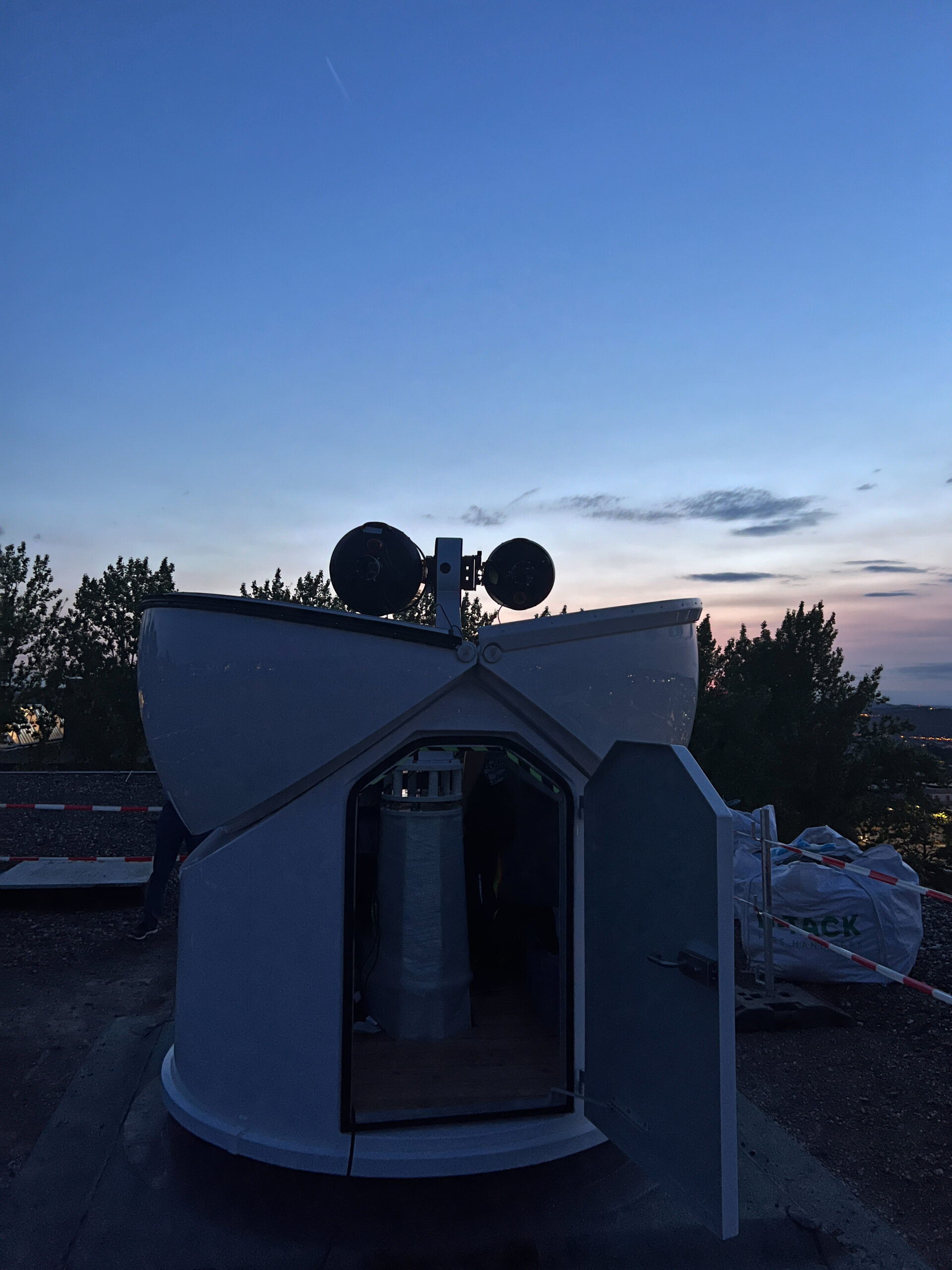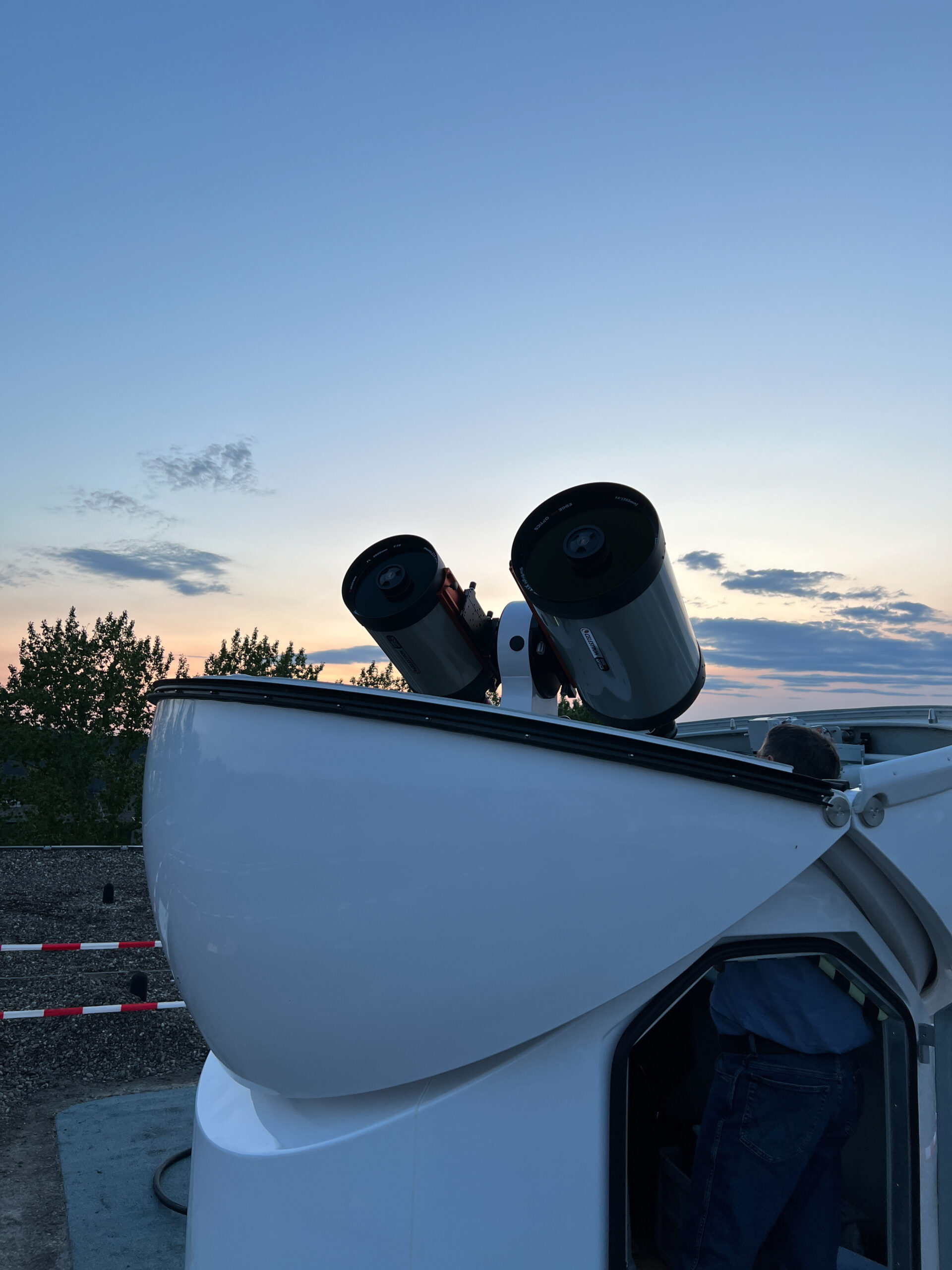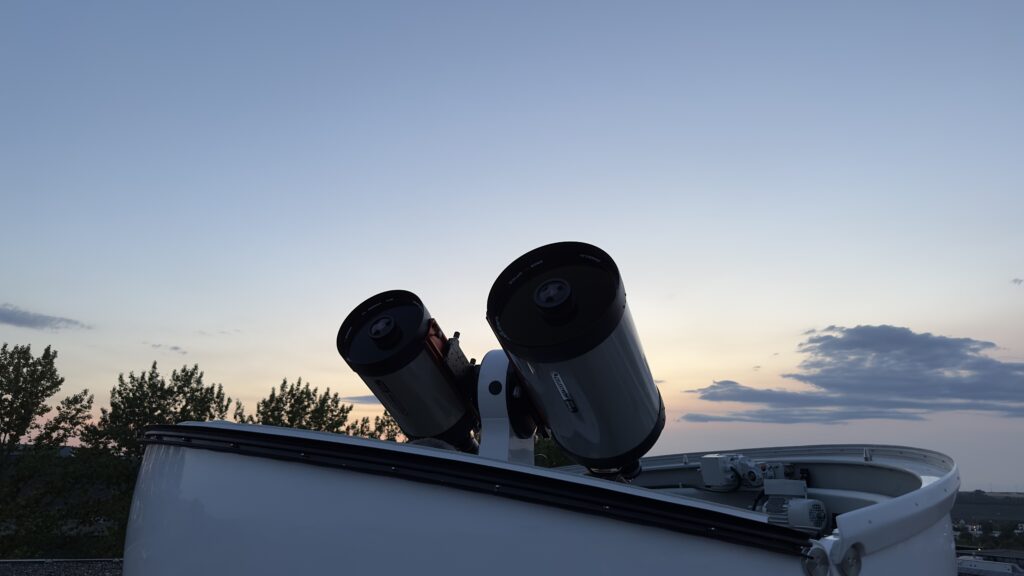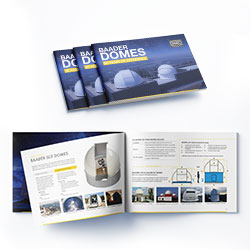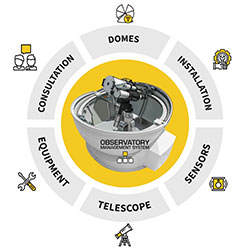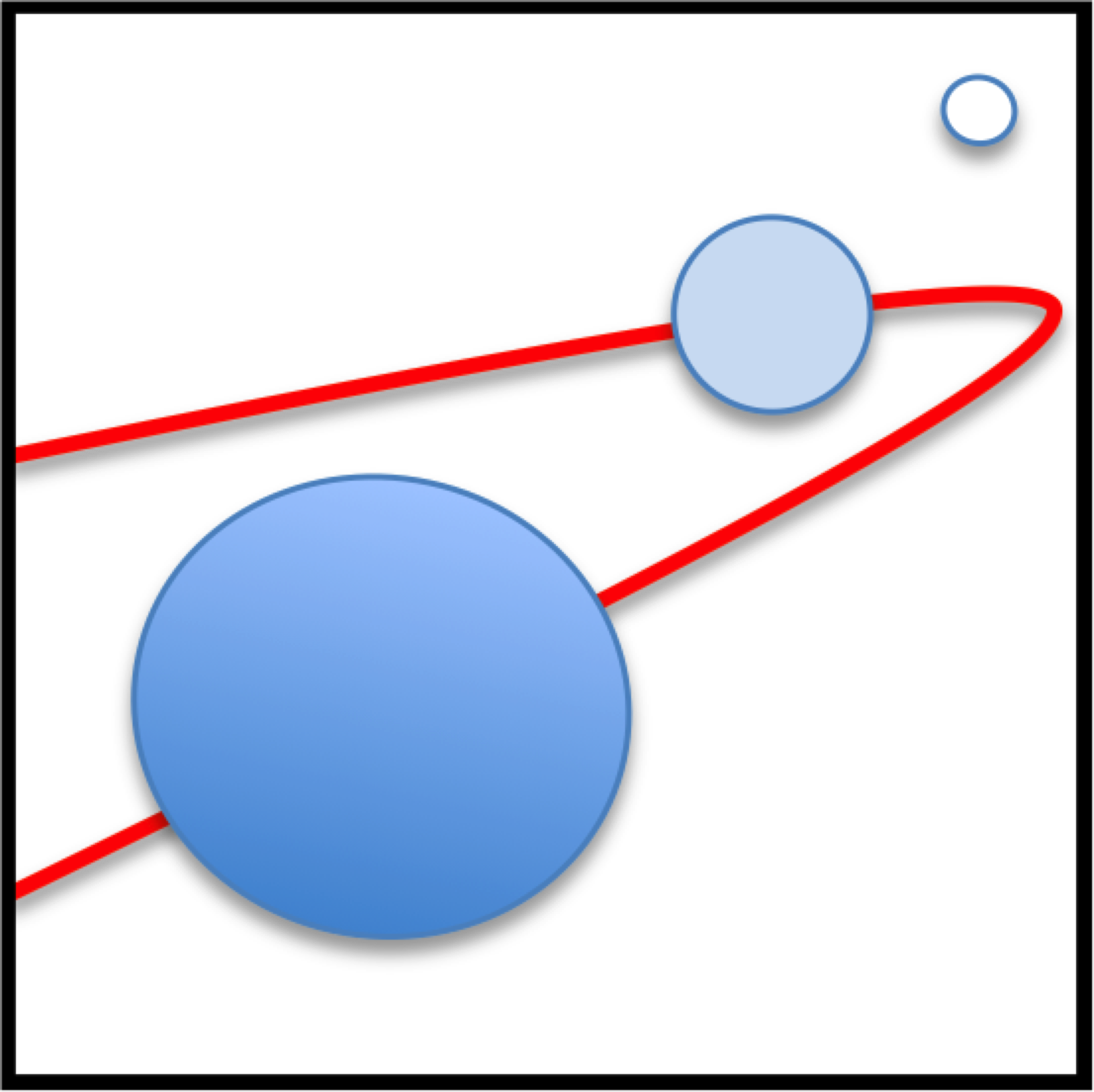
AI-Based Sensor System for Space Observation with Small Satellites:
A dome, approximately three meters high, sits atop the Geography building at the Hubland Campus. It houses a telescope that students use to develop an intelligent sensor for satellites. The new telescope has been operational since January 2024 at the Hubland Campus of Julius-Maximilians-University (JMU) Würzburg. A student team is using it to develop AI algorithms for small satellites to prevent collisions with space debris more efficiently than before. The long-term goal: The satellites should be able to autonomously detect and avoid impending collisions using intelligent optical sensors. The Federal Ministry for Economic Affairs and Climate Action is funding the project, named KI-SENS, with around 500,000 euros.
Key Features of the New Telescope
The telescope is located on the roof of the Geography building at the Hubland Campus. "It is capable of tracking the trajectory of even smaller objects very quickly and precisely," explains Hakan Kayal, JMU Professor of Space Technology. Therefore, the dome can be fully opened—unlike slower telescopes, which only open a narrow slit and rotate completely.
The remote control for the telescope is located in two places on campus: One in the mission control center of Professor Hakan Kayal’s department, where other telescopes and satellite missions are also managed. The other is in the rooms of the student association WüSpace e.V., which is composed of Würzburg students studying aerospace informatics; 20 of them are working on the KI-SENS project (...)
You can find the full press release (in German) at: www.informatik.uni-wuerzburg.de/neues-teleskop-ki-sens
